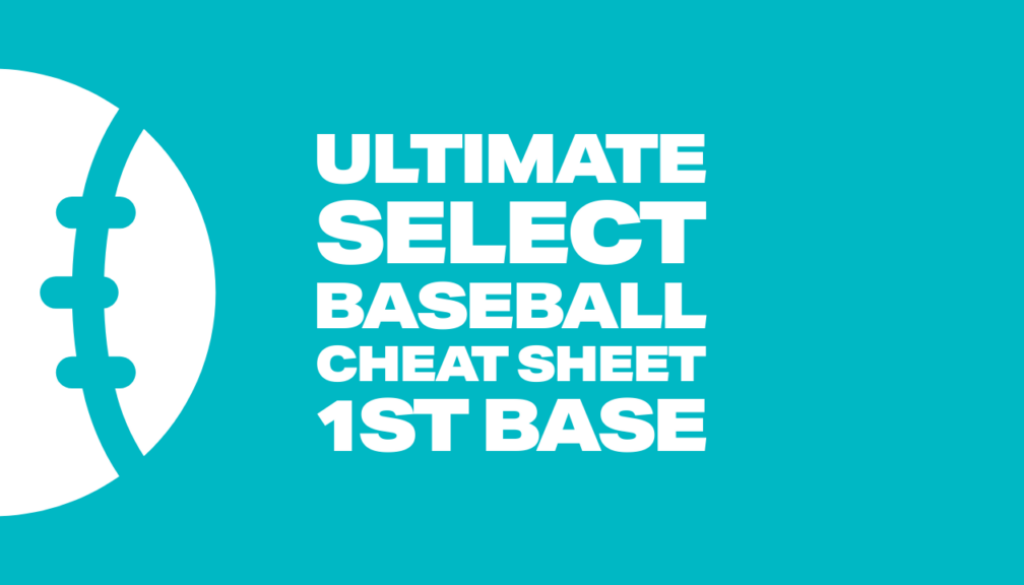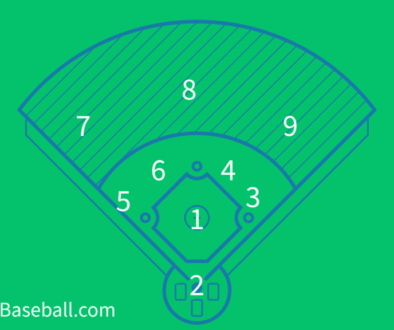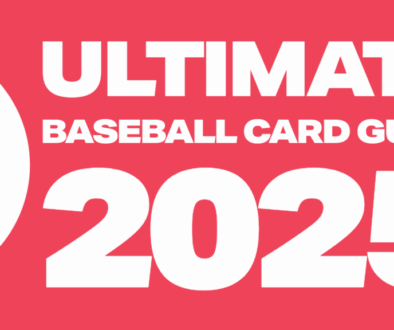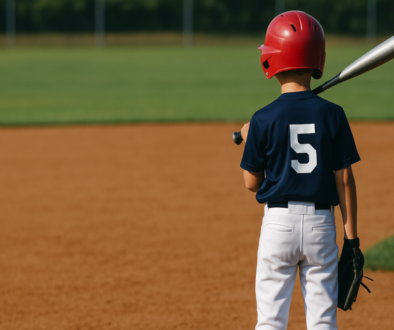Select Baseball First Base Cheatsheet: What You Should Always Be Doing
Whether you’re holding a runner on, digging out low throws, or calling for the ball, playing first base comes with a ton of responsibility. Here’s your go-to cheatsheet to make sure you’re always in the right spot and making smart plays.
✅ Positioning & Pre-Pitch Checklist
-
Know the situation – Outs, count, baserunners, and what to do if the ball comes to you.
-
Check your footwork – Stay light on your feet, ready to stretch toward the throw.
-
Hold the runner – When there’s a runner on 1B, keep a foot on the bag and apply pressure with your glove side toward the runner.
-
Ready position – Off the bag (when no runner) with knees bent, glove low, and eyes on the ball.
🧤 Fielding & Receiving
-
Be the target – Give your infielders a big, steady target.
-
Stretch only when the throw is on the way – Don’t stretch too early; stay athletic and adjust.
-
Pick with confidence – Work on short hops and scoops regularly. Your glove work saves errors.
-
Tag plays – Be ready to tag if the throw pulls you off the bag or on bunt plays.
🔄 Communication & Cutoffs
-
Call it loud – “Got it!” or “Ball, ball!” to avoid confusion on popups.
-
Know when you’re the cutoff – On hits to right field, you’re often the cutoff for home.
-
Talk to your pitcher – Especially on pick-off plays and bunts—be on the same page.
⚾ Situational Awareness
-
Cover 1B – Any ground ball to the right side, you better be sprinting to the bag.
-
Double plays – Foot on the bag, quick turn to second if needed. Expect the return throw.
-
Back up throws – Always hustle to back up catcher or pitcher when not covering the bag.
🧠 Baseball IQ Tips
-
Anticipate bunts – Play closer in with fast runners or in bunt situations.
-
Know your pitcher – Lefty or righty? Fastball or off-speed? It affects pick-off moves and where you play.
-
Mental reps matter – Between innings, visualize your footwork, scoops, and possible plays.
First Baseman Situational Responsibilities
🟤 On a Bunt
-
Crash the play if the bunt is coming your way or it’s a sac bunt situation.
-
Communicate! If the 3B charges, you may need to cover 1B.
-
If pitcher fields it, get to the bag fast and be ready for a quick throw.
-
Yell “Two!” or “One!” to help the team know the play.
🔵 Ball Hit Toward Second Base
-
Sprint to cover 1B immediately.
-
Be ready for an underhand toss or sidearm throw from the second baseman.
-
Set your feet, stretch late, and finish the play.
🟢 Ball Hit Toward Shortstop
-
Hold the bag for a routine throw on a grounder.
-
Be alert for double play feeds—either starting or receiving the return.
-
Back up the throw if there’s a runner advancing and you’re not involved.
🟡 Ball Hit to Left Field
-
Typically stay at 1B unless you’re the cutoff to second (rare).
-
Trail the runner slightly if there’s a play developing at second.
-
On deep hits or slow runners, prepare for a cutoff to home if directed.
🟠 Ball Hit to Center Field
-
Be ready to receive a relay throw if the runner is trying to stretch to third or score.
-
Often, your job is to back up throws to second or home.
-
If the runner on 1B tags and runs, cover your bag for a pick-off throw back.
🔴 Ball Hit to Right Field
-
You are the cutoff man for plays at home.
-
Line up between right fielder and home plate.
-
If no play at home, hustle back to 1B in case the runner tries to return or gets caught.
🏆 Coach T’s Quick Tips
-
Be vocal, be visible, and be confident.
-
You’re a leader on the infield—act like it.
-
Trust your glove. Mistakes happen—flush them and move on.
📝 TL;DR
First base isn’t just about catching the ball—it’s about owning the corner. Always know the situation, talk it up, be aggressive with your glove, and stay locked in every pitch. A great first baseman turns routine plays into outs—and saves the team runs with clutch scoops and heads-up plays.






